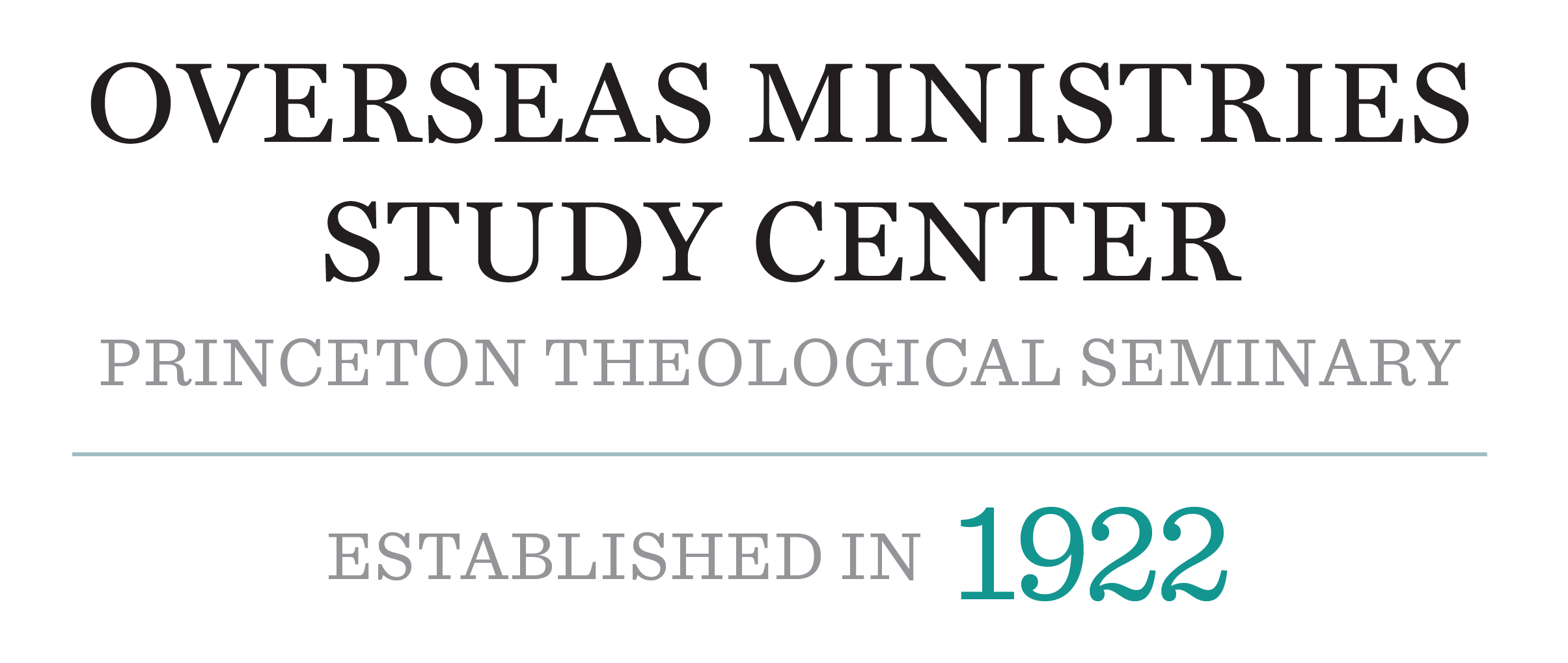By Jonathan James O. Cañete

In the province of Pampanga in the Philippines, Apo Mamacalulu stands as a cherished spiritual figure and a living symbol of divine compassion and sacrifice (Ocampo, 2022). For the Kapampangan, the life and sacrifice of Jesus as expressed in the image of Apo Mamacalulu are a source of ethical inspiration and spiritual comfort—inviting individuals to embrace compassion and responsibility in everyday life. In the heart of the Kapampangan community, Apo Mamacalulu is not just a religious icon—he is a cherished friend, a compassionate guide, and the embodiment of divine sacrifice who offers solace amid life’s struggles. Revered as the suffering Christ, Apo Mamacalulu is believed to have borne the weight of human pain and loss so that his people might find hope and strength in their darkest hours. His presence is felt in every communal gathering, every whispered prayer, and every heartfelt act of kindness, serving as a constant reminder that faith thrives when it is woven into the fabric of a person’s everyday life (Ocampo, 2022). Viewed through the empathetic lens of Emmanuel Levinas and the reflective insights of Hans-Georg Gadamer, the theology of Apo Mamacalulu emerges as a deeply human narrative of shared experience, moral responsibility, and an evolving dialogue between tradition and modern life.
For many Kapampangans, the sacred is not confined to grand cathedrals or religious institutions or ancient texts; it lives in the simplicity of everyday encounters. It is in the warm greeting exchanged on a bright morning, in the gentle murmur of prayers during the quiet moments of dawn, and in the soft laughter that fills family gatherings (Macaranas, 2021). These seemingly ordinary moments are imbued with spiritual significance that mirrors Levinas’s (2011) idea of the primacy of the Other. In each interaction, the inherent dignity and vulnerability of the human face call out to us, inviting recognition of the divine presence within one another. Through the example of Apo Mamacalulu, every act of compassion becomes a living testament to the ethical call that arises when we truly see and care for another.

Levinas (2011) argued that our moral duty springs from encountering the Other—an encounter that challenges us to set aside self-interest and embrace responsibility for our fellow human beings. In the Kapampangan tradition, this ethical call is powerfully expressed in communal rituals, festive processions, and the everyday acts of care shared among neighbors and family members (Ocampo, 2022). Whether it is a humble meal prepared and shared with love, or the collective solidarity displayed during times of hardship, these actions echo the compassionate legacy of Apo Mamacalulu. His image, often portrayed with a gentle smile and an air of quiet resilience, stands as a symbol of hope and empathy, inspiring everyone to extend kindness and understanding in their daily lives (David and Tomen, 2017).
Complementing this ethical vision is Gadamer’s (1993) concept of the “fusion of horizons,” which emphasizes the dynamic interplay between past traditions and contemporary experiences. For the Kapampangans, the stories, rituals, and ancestral narratives surrounding Apo Mamacalulu are not static relics but vibrant, living conversations that bridge history with the present (Ocampo, 2022). Every annual fiesta, every quiet moment of reflection, is an opportunity to blend the wisdom of those who came before with the insights of today. This ongoing dialogue ensures that Apo Mamacalulu remains a relevant and deeply personal presence in the lives of each new generation.
Imagine a modest home where a family gathers around a small altar, the gentle glow of candlelight dancing upon cherished photographs and timeworn relics. As they recite prayers and share stories of past hardships and triumphs, Apo Mamacalulu is not a distant historical figure but a living companion who walks with them in both joys and sorrows (Ocampo, 2022). In that intimate setting, the past meets the present—a space where ancient rituals fuse with modern sensibilities to create a tapestry of faith that is continually rewritten and reimagined (Gadamer, 1993).
What makes this Kapampangan theology so profoundly human is its openness to both tradition and change. It welcomes questions, encourages personal interpretations, and understands that true insight is an ongoing journey rather than a fixed destination (David & Tomen, 2017). Each generation adds its own perspective to the communal narrative, ensuring that the faith remains dynamic and responsive to contemporary challenges. In every shared smile, every whispered prayer, and every act of solidarity, the compassionate legacy of Apo Mamacalulu is renewed. His example reminds his people that ethical living is not about rigid adherence to the past but about engaging with the world with empathy, generosity, and mutual respect (Levinas, 2011).
Moreover, this living theology celebrates the simple, often overlooked moments of daily life. It teaches that the divine is not an abstract ideal confined to sacred spaces but is present in every gesture of care and every encounter with another person (Macaranas, 2021). The Kapampangan experience of Apo Mamacalulu encourages a deep awareness of our interconnectedness—a call to see the divine reflected in a neighbor’s eyes or a friend’s comforting presence (David & Tomen, 2017). This vision of faith, enriched by Levinas’s (2011) emphasis on ethical encounter and Gadamer’s (1993) fusion of horizons, transforms ordinary interactions into sacred opportunities for encountering God’s healing and compassionate presence.
Nonetheless, the Kapampangan lived theology of Apo Mamacalulu is a rich tapestry woven from threads of sacrifice, compassion, and a continuous dialogue between the past and the present. It is a narrative that resonates not only in grand rituals and communal celebrations but also in the quiet, tender moments that define our shared humanity (Macaranas, 2021). Through the compassionate example of Apo Mamacalulu, the Kapampangans are reminded that every act of kindness and every moment of understanding is a step toward a more humane and interconnected world—a world where the sacred is lived, felt, and passed on in every heartfelt encounter.
References
David, B. P. V. S., DD, & Tomen, N. L. B. (2017). The gospel of love according to Juan/A. St. Pauls Philippines.
Gadamer, H. (1993). Truth and method. Burns & Oates.
Lévinas, E. (2011). Totality and Infinity: An essay on exteriority. https://ci.nii.ac.jp/ncid/BA22049776
Macaranas, J. R. G. (2021). Understanding folk religiosity in the Philippines. Religions, 12(10), 800. https://doi.org/10.3390/rel12100800
Nielsen, C. R., & Lynch, G. (2022). Gadamer’s Truth and Method: A Polyphonic Commentary. Rowman & Littlefield.
Ocampo, J. (2022, October 26). Mercy beyond the grave. Dominus Est. Retrieved February 25, 2025, from https://www.dominusest.ph/post/mercy-beyond-the-grave



